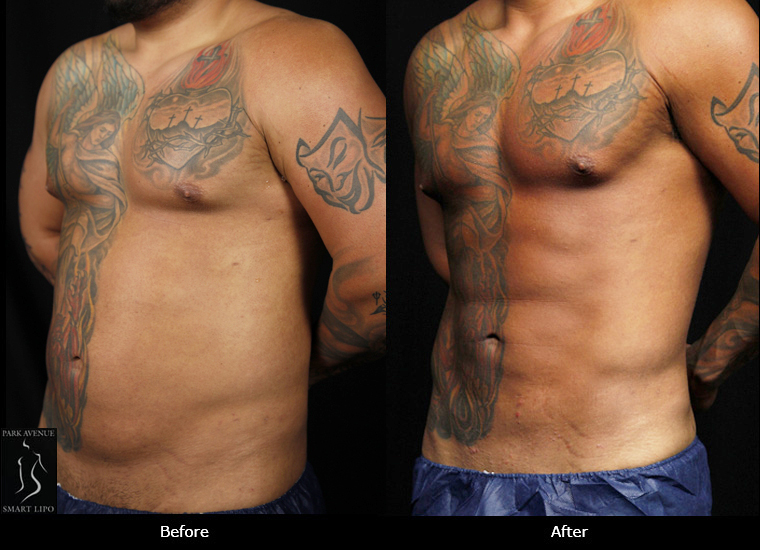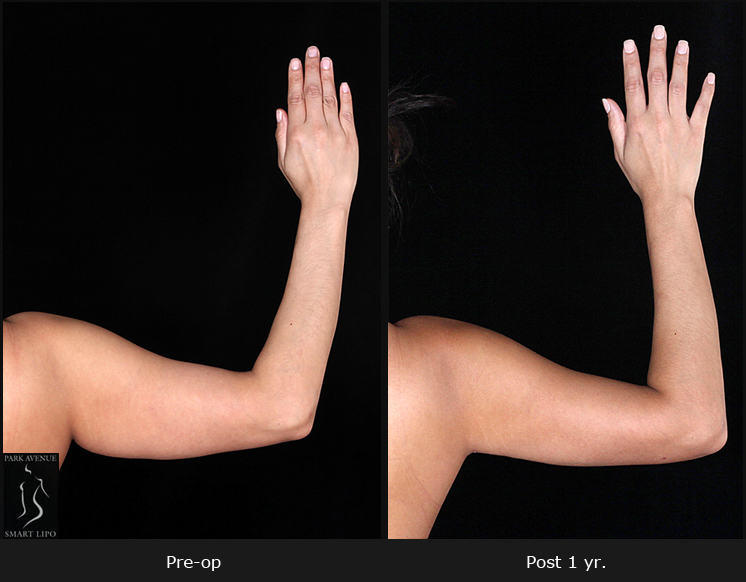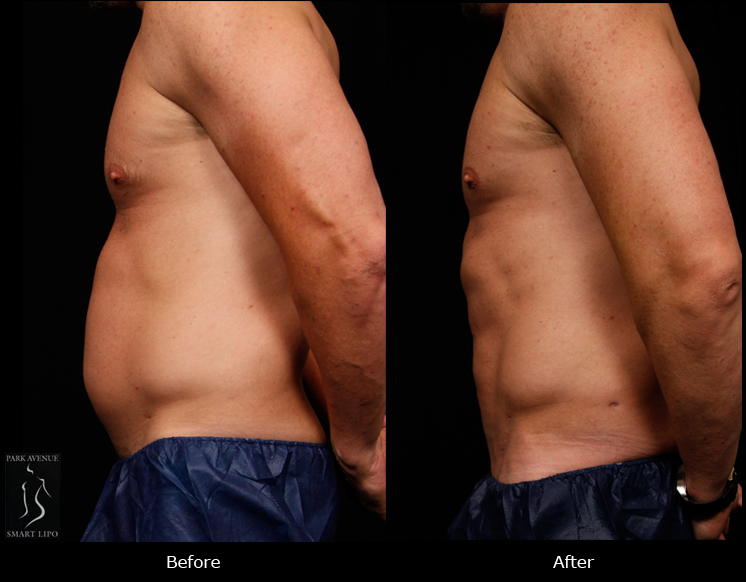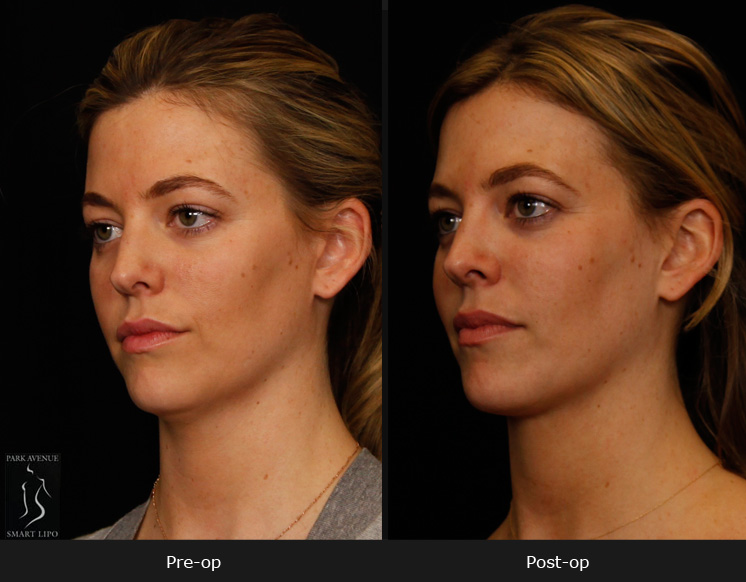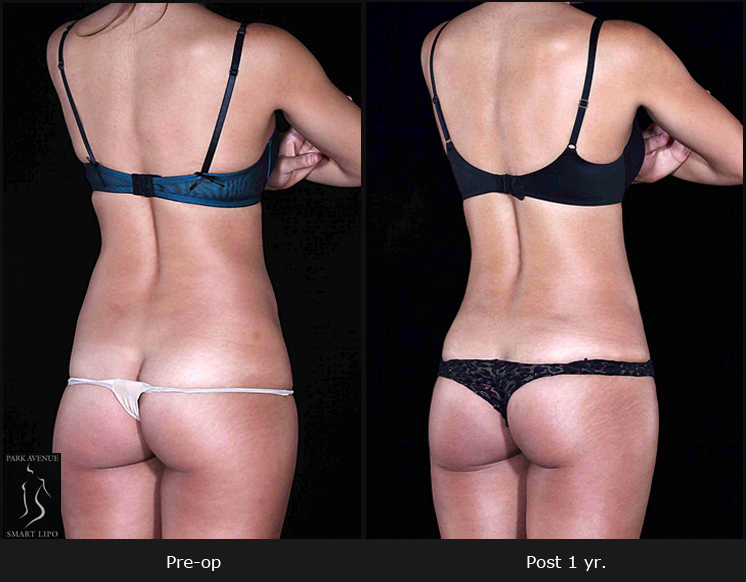Undergoing Smartlipo laser liposuction in NYC is a significant step toward achieving a more sculpted body. However, the results you get depend not only on the procedure itself but also on how well you follow post-operative care. One of the most critical elements of recovery is wearing a compression garment. This specialized garment helps minimize swelling, supports your body as it heals, and enhances your final results.
If you’re wondering why a compression garment is essential and how to choose the best one, this guide will help you make an informed decision.
Why Do You Need to Wear a Compression Garment?
Before undergoing Smartlipo laser liposuction, your surgeon will inform you that a compression garment is a necessary part of recovery. While it may seem like an inconvenience, this garment plays a crucial role in ensuring a smooth healing process.
Liposuction removes the fat deposits located between the skin and muscle. Once the fat is removed, empty spaces are left behind, and fluid can accumulate in these areas. A compression garment helps prevent this by:
- Applying pressure to the treated area, ensuring that fluids disperse rather than build up.
- Reducing post-surgical swelling and bruising, allowing the skin to adhere properly to the underlying tissue.
- Providing support, helping the body adjust to its new shape.
- Improving comfort by minimizing movement and reducing discomfort.
Without a compression garment, you may experience prolonged swelling, uneven skin texture, and delayed healing.
Compression Wear for Different Surgeries
Each cosmetic procedure requires a specific type of compression garment to provide the best support and promote proper healing. Wearing the right garment can help reduce swelling, minimize fluid buildup, and improve overall comfort during recovery.
- Compression Wear for Liposuction: Liposuction removes excess fat from targeted areas such as the abdomen, thighs, arms, and flanks. After the procedure, wearing a compression garment helps with fluid drainage and reduces swelling, ensuring a smoother and more contoured appearance. For abdominal and thigh liposuction, high-waisted compression shorts offer optimal support and coverage. If multiple areas have been treated, a full-body compression suit provides all-around pressure to aid recovery. For individuals who undergo arm liposuction, arm compression sleeves help maintain skin firmness and minimize post-surgical swelling.
- Compression Wear for Tummy Tuck: A tummy tuck (abdominoplasty) involves removing excess skin and fat from the abdominal area, requiring firm support during the recovery period. Patients need a compression garment that helps reduce swelling, stabilize the area, and aid skin retraction. One of the best options is an abdominal binder, which provides strong compression to support the muscles and newly contoured shape. Alternatively, a high-compression bodysuit ensures even pressure distribution across the abdomen, allowing for a more comfortable healing experience.
- Compression Wear for Breast Surgery: After breast augmentation, breast reduction, or breast lift surgery, wearing a compression bra is essential for proper healing. These bras help minimize swelling and bruising while preventing implant displacement in augmentation procedures. Unlike regular bras, compression bras apply even pressure without excessive tightness, ensuring both comfort and support. Wearing a well-fitted post-surgical bra also reduces discomfort and helps maintain the desired breast shape during the healing process.
- Compression Wear for Facelifts: Facial cosmetic procedures such as facelifts, neck lifts, and chin liposuction require specialized compression wraps. These garments are designed to reduce swelling, minimize bruising, and promote proper healing without exerting excessive pressure on delicate facial tissues. A facial compression wrap ensures that the skin remains in place while healing, enhancing results and reducing post-surgical discomfort. Additionally, these garments provide gentle yet effective compression, allowing for a smooth recovery without restricting natural facial movements.
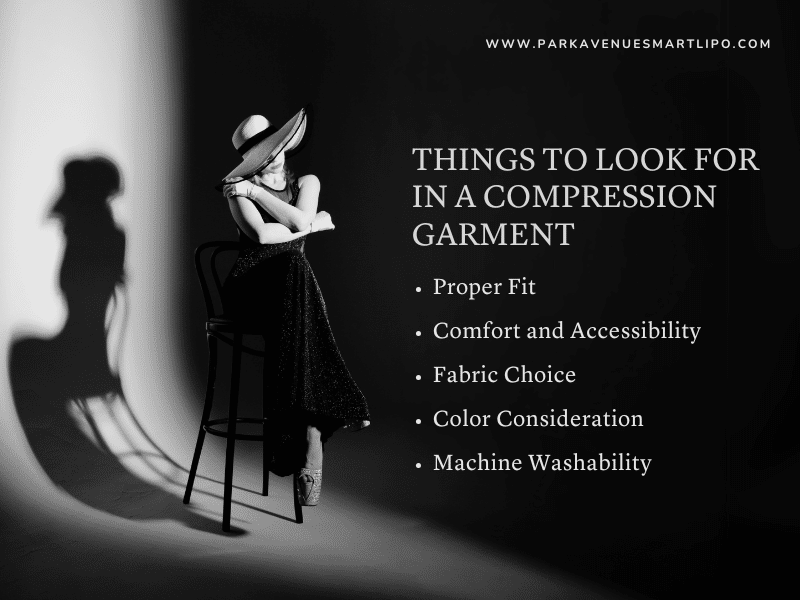
What to Look for in a Compression Garment
Selecting the right compression garment is crucial for ensuring a comfortable recovery and achieving the best results after surgery. The right choice will help minimize swelling, prevent fluid buildup, and provide the necessary support to the treated areas. Below are some key factors to consider when choosing a compression garment.
- Proper Fit: A compression garment should be snugging but not overly tight to provide firm support without cutting off circulation. If the garment is too loose, it won’t deliver the necessary compression to reduce swelling and fluid accumulation. On the other hand, if it’s too tight, it may cause discomfort, tingling sensations, or even restrict blood flow, which can negatively impact healing. Finding the right fit ensures that the garment supports your body without causing unnecessary discomfort.
- Comfort and Accessibility: Since you’ll be wearing the garment almost 24/7 for the first few weeks, comfort is a top priority. Look for a seamless design to prevent skin irritation, especially in sensitive areas. If you need to wear the garment for an extended period, consider one with zippers or hooks for easy removal. A well-designed compression garment should be easy to put on and take off while still providing the necessary level of compression.
- Fabric Choice: The material of the compression garment plays a significant role in comfort and effectiveness. Breathable, stretchable fabrics like spandex or nylon are ideal, as they provide flexibility and allow moisture to evaporate, keeping the skin dry. Avoid cotton, as it absorbs and retains moisture, which may cause irritation. If you have sensitive skin, steer clear of materials like latex or rubber, which can trigger allergic reactions. Choosing the right fabric ensures comfort and reduces the risk of skin irritation.
- Color Consideration: After liposuction, it’s common to experience fluid drainage, which can stain garments. If you prefer to keep the stains less noticeable, opt for dark-colored compression garments rather than light-colored ones. While this is not a medical necessity, it can be a personal preference to help maintain a cleaner appearance throughout your recovery.
- Machine Washability: Since you will be wearing your compression garment continuously, it’s important to choose one that is easy to clean. Look for a garment that is machine washable to ensure proper hygiene and convenience. Frequent washing helps maintain the garment’s elasticity and prevents bacterial buildup, making your recovery more comfortable and hassle-free.
A compression garment is not just an accessory, it’s an essential part of the healing process after Smartlipo laser liposuction in NYC. For a speedy recovery and the best results, it’s critical to use the compression garment correctly. Choosing the right one ensures better results, faster recovery, and a smoother post-operative experience. Before purchasing a garment, consult with your surgeon to determine the best option for your body type and procedure.
Looking for expert guidance on post-surgical recovery?
Contact us today to learn more about Smartlipo laser liposuction in NYC.


